Learning about Ise at Kogakkan: Day 6
As I’ve noted in a previous post, at one point there was only a single pilgrim allowed to visit Ise; a female relative of the emperor called the Saiō 斎王. Today we visited the Saiō’s classical period palace, called the Saikū 斎宮. At the Saikū history museum we watched a video about how a young girl would made the long and arduous trek from the Heian court in Kyoto to this remote palace a day’s walk from Ise. (Nobody knows why the Saikū is so far from the Jingū.) The princess had to maintain royal dignity even far from the city, so she was carried the entire way in a palanquin, including a hike over the mountains. Once they arrived at the Saikū, they had to obey the directional taboos and wait for a lucky day to enter. The Saiō would stay in her palace for about five to eight years, then she would be carried back.
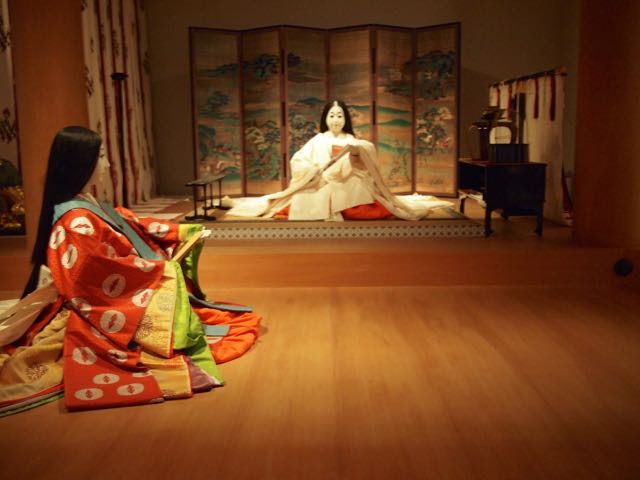
In fact this palace hadn’t existed for roughly 800 years before the 20th century. From the mists of the 6th century AD to the fall of the Kamakura shogunate in 1333, a Saiō was continuously appointed, but by the time the Heian court dissolved into civil war, the Saikū was no longer a place for a lady, and it was abandoned in 1274. Around the year 1180, the wandering poet Saigyō stopped by its decrepit remains on the way to Ise, and jotted down a bit of singsongy dustsceawung:
いつかまた いつきの宮の いつかれて しめのみうちに ちりをはらはん
Whither this weathered palace? I wonder whether it will ever again be made pure, if ever the rubbish will be swept from its sacred grounds
About 800 years later, ever-literal moderns did a close archaeological survey to figure out what the palace once looked like, and rebuilt it and swept the rubbish from its grounds. This year, three more buildings will be constructed, placing new wooden pillars precisely where the old ones used to be. We were given a surprise tour of the construction site, which was a surprise to those among us who were wearing high heels.
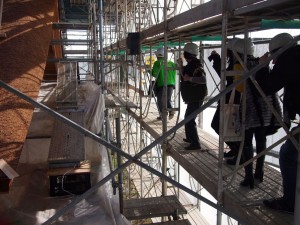
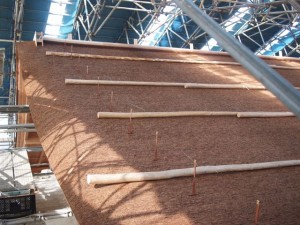
There’s already both a museum devoted to this complex, and a “history experience hall” in the completed rebuilt building. So this new building will be a space for events, such as the national karuta competition, or traditional arts like Noh plays.
The village where the Saikū was once located is otherwise known for farming. When I was there I saw a farmer driving a tractor down one of the ancient stone paths that the Saiō would have taken to get to Ise. There is very much a countryside feel to this place. If you ever get the chance to visit the Saikū, make sure to go to the little cafeteria across from the “history experience hall”, where you can enjoy a palanquin-shaped bento made entirely of local foods.
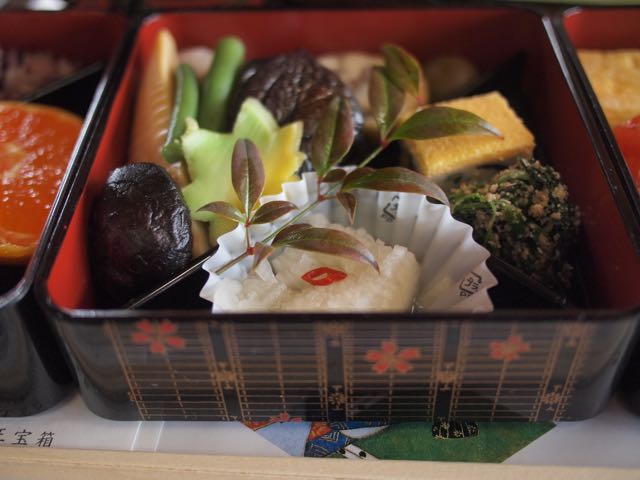
The other thing we did today was go to the fish paste (kamaboko) factory and make some fish paste cakes, but I don’t have any good pictures of that. Wait, I lied!
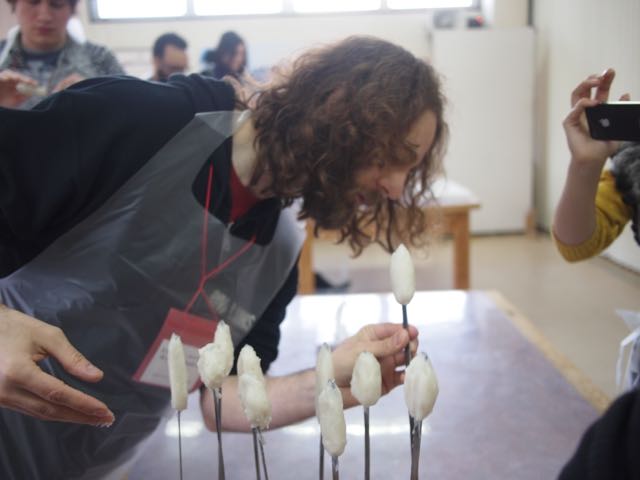
Posted: February 28th, 2015 | Kogakkan
